AI Cameras & Vision-Language Models (VLM) Applications

The Future of Vision: AI Cameras and VLMs Transforming Real-World Applications
- What is an AI Camera?
- What is a Vision-Language Model (VLM)?
- Key AI Vision Applications
- Why This Matters
- Final Thought
In recent years, AI cameras have moved far beyond simply capturing images. They now combine powerful machine vision algorithms with advanced Vision-Language Models (VLMs) to understand, describe, and even respond to what they see. This transformation is driving innovation in fields ranging from smart surveillance to real-time video analytics — and it’s only the beginning.
What is an AI Camera?
An AI camera is a smart camera that uses embedded vision technology to process and analyze images or video directly on the device or via the cloud. Unlike traditional cameras, AI cameras can:
- Detect and recognize objects, faces, and activities
- Interpret visual data using AI vision applications
- Operate in challenging conditions, including low-light AI imaging
- Trigger automated actions based on visual analysis
By combining image capture with real-time video analytics, AI cameras are helping industries become more efficient, safer, and more data-driven.
What is a Vision-Language Model (VLM)?
A Vision-Language Model (VLM) is an AI system that connects computer vision with natural language processing. It can “look” at an image or video and generate a text description, answer questions about the scene, or execute commands that combine words and visuals.
Example:
- Input: A video feed from a warehouse camera
- Command: “Identify any pallets with missing labels”
- VLM Output: "Two pallets in section C are missing labels."
When integrated into machine vision workflows, VLMs add human-like understanding to automated inspection, monitoring, and reporting.
Key AI Vision Applications
The combination of AI cameras, VLMs, and embedded vision hardware is powering next-generation solutions across industries:
1. Smart Surveillance & Security
AI cameras equipped with real-time video analytics can detect suspicious activity, count people, and track movements. VLMs enhance this by providing natural language descriptions like: "A vehicle entered the restricted zone at 02:14 AM."
2. Industrial & Manufacturing Inspection
Machine vision systems detect defects instantly. With VLM integration, they can explain findings: "Surface irregularity detected near the weld joint." Paired with OCR (Optical Character Recognition), they can read and log serial numbers for traceability.
3. Retail & Customer Insights
Stores use AI vision applications to measure foot traffic, analyze shopper behavior, and optimize store layouts. Smart cameras can also perform low-light AI imaging for 24/7 monitoring.
4. Healthcare Monitoring
AI cameras in hospitals monitor patient movements, detect falls, and ensure safety compliance. VLMs provide reports that summarize activity, while OCR can read medical labels and charts in real time.
5. Autonomous Vehicles & Robotics
Self-driving cars and drones rely on embedded vision and low-light AI imaging to navigate safely. With VLM capabilities, they can communicate visual insights to operators in plain language.
Why This Matters
The integration of AI cameras with Vision-Language Models (VLMs) is creating a new era of smart vision systems. These tools don’t just see — they understand and communicate. From OCR for instant text extraction to real-time video analytics for proactive decision-making, the possibilities are endless.
Final Thought
As AI vision applications mature, expect to see machine vision systems in more environments — from factories to hospitals to city streets — making operations safer, faster, and more intelligent. With embedded vision and low-light AI imaging capabilities, the future of smart cameras is not just bright — it’s crystal clear.


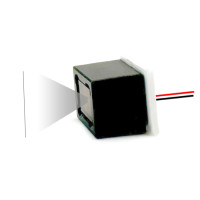
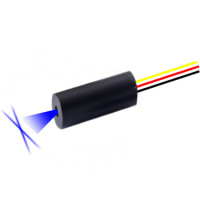
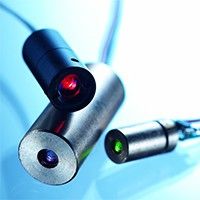

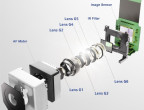
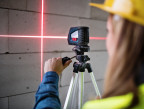


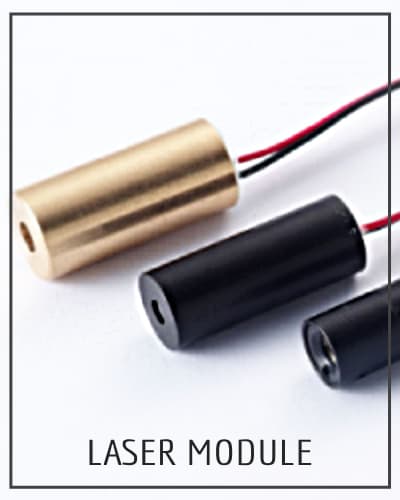
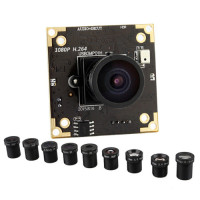
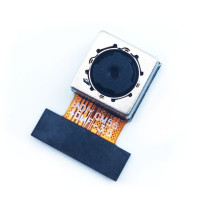
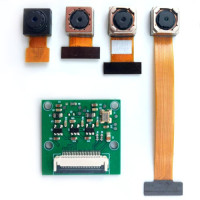



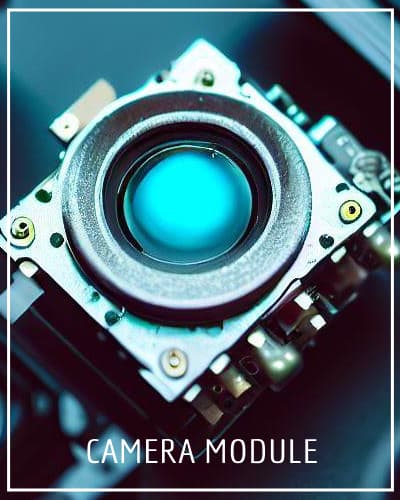




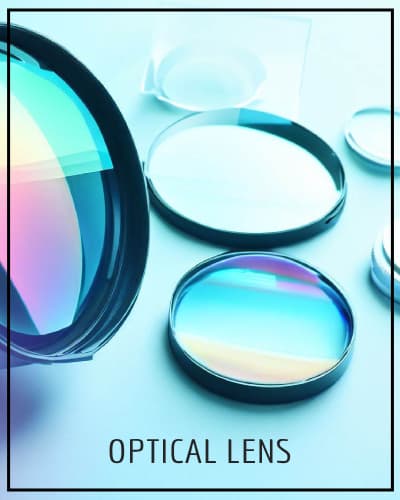


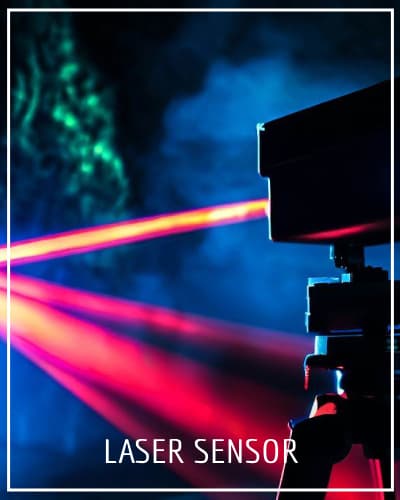



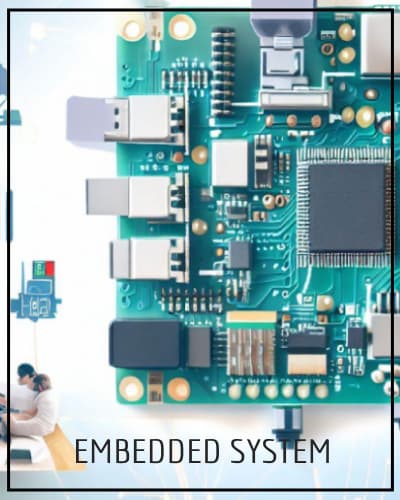

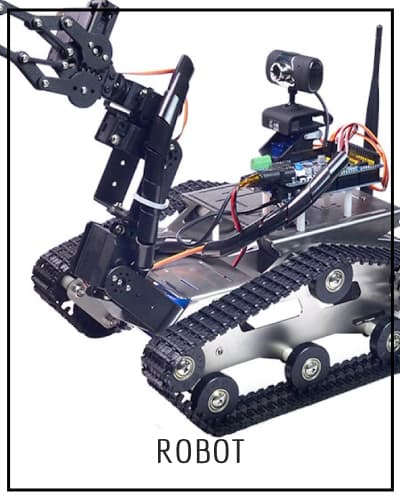





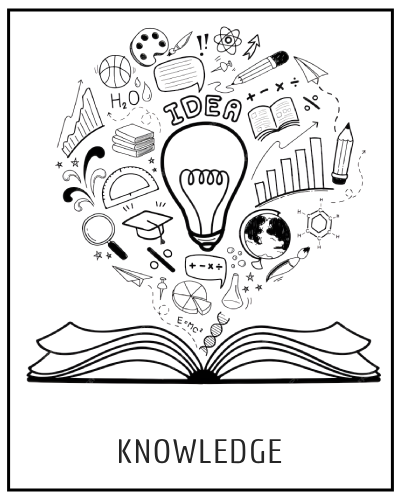

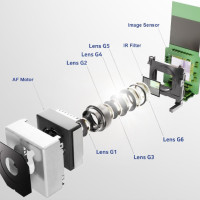




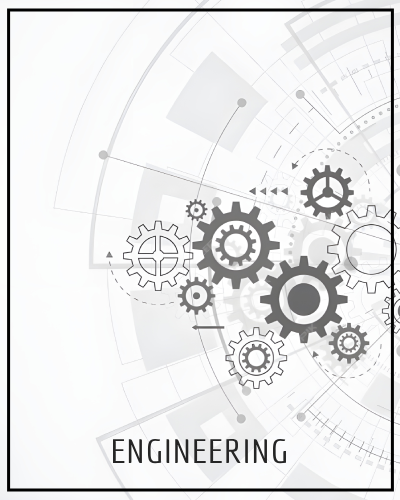



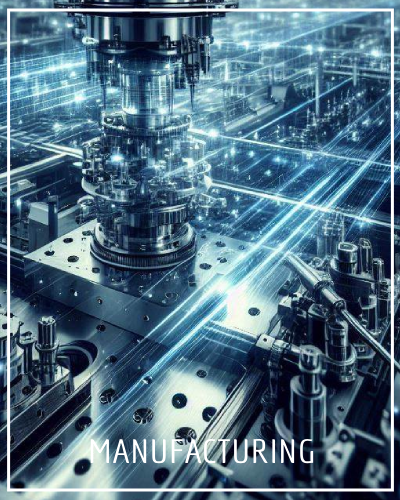




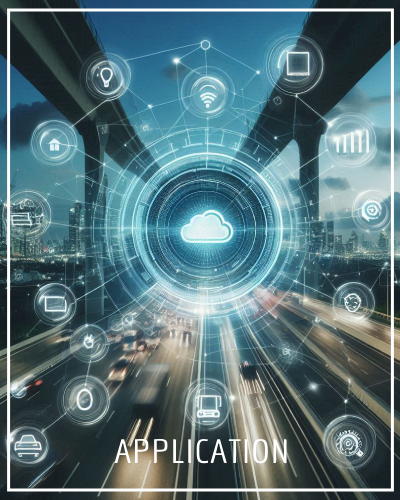
Leave a Comment